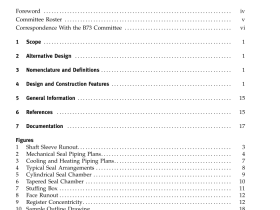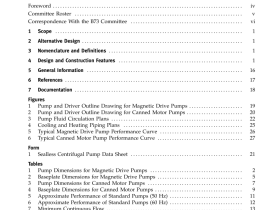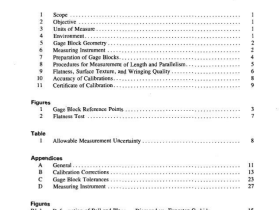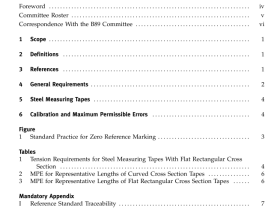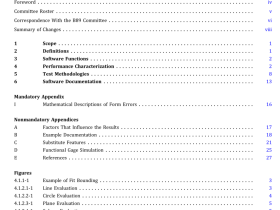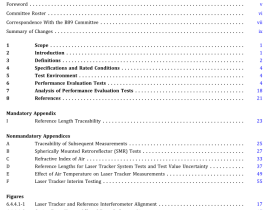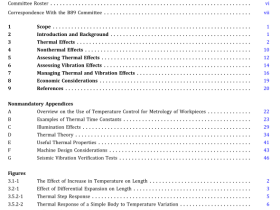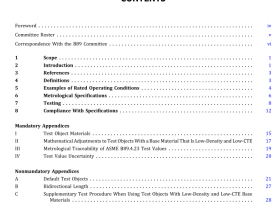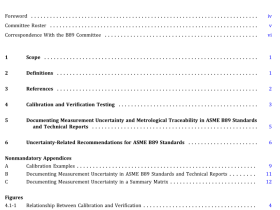ASME B16.42 pdf download
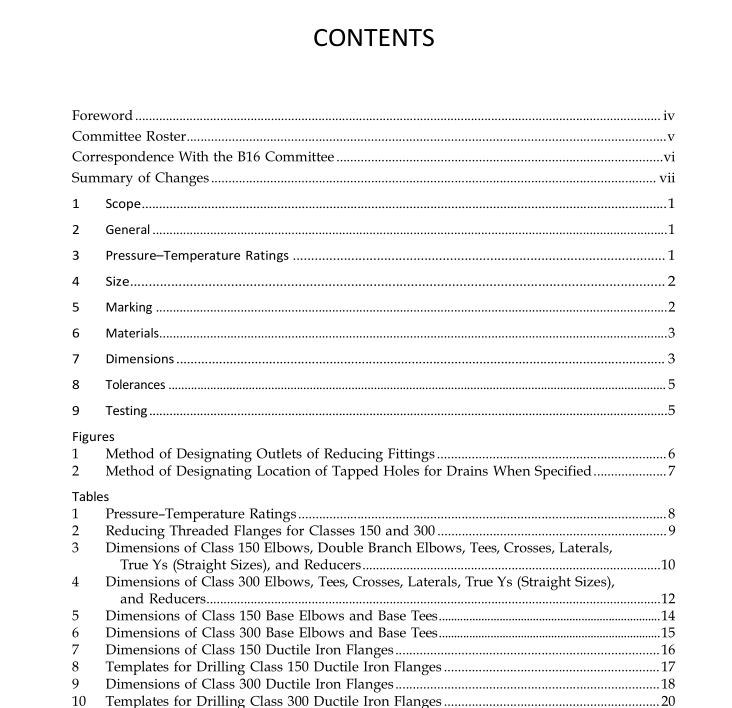
ASME B16.42 pdf download Ductile Iron Pipe Flanges and Flanged Fittings Classes 150 and 300
6 MATERIALS
6.1 Castings
Ductile iron castings covered by this Standard shallconform to ASTM A395.The castings shall not berepaired byplugging, welding, brazing, orimpregnation.
6.2 Bolting
Bolting listed in paras. 6.21 and 6.22 is recommendedto be used in flanged joints covered by this Standard.Bolting of other material may be used if permitted bythe applicable code or governmental regulation.
6.2.1 High-Strength Bolting. Bolting materials having allowable stresses not less than those for ASTM A193Grade B7 may be used with any flanged joint at all listedtemperatures. The strength of the nut shall be not lessthan that specified for ASTM A194 Grade 2H
6.2.2 Low-Strength Bolting. Bolting materials withyield strength equivalent to ASTM A307 Grade B areconsidered low strength, and may be used for flangedjoints at temperatures not greater than 205°C (400°Fand only with gaskets described in para, 7.8.
6.2.3 Bolting to Cast lron Flanges. When Class 150ductile iron flanges are bolted to Class 125 cast ironflanges, or Class 300 ductile iron flanges are bolted toClass 250 cast iron flanges, it is recommended that low-strength boltings be used within the limitations inpara. 6.2.2 If high-strength bolting is used, it is recom-mended that the mating flanges be flat faced and thatfull-faced gaskets(ASME B16.5,Table B-1, Gasket GroupNumber la) extending to the O.D. of the flange be used.
6.3 Gaskets
Materials listed in Table B-1 of ASME B16.5 shall beused. The user is responsible for selection of gasketmaterials that will withstand the expected bolt loadwithout injurious crushing and that are suitable for theservice conditions.For low-strength bolting described in para.6.22 onlygaskets listed in Group la (ASME B16.5, Table B-1) shallbe used
7 DIMENSIONS
7.1 Center to Contact Surface and Center to End
7.1.1 Standard Fittings.Center-to-contact-surfacedimensions are shown in Tables 3 and 4.
7.1.2 Reducing Fittings. Center-to-contact-surface or center-to-flange-edge dimensions for all openings shall be the same as those of straight size fittings of the largest opening. The contact-surface-to-contact-surface dimensions for all combinations of reducers and eccen- tric reducers shall be as listed for the larger opening.
7.1.3 Side-Outlet Fittings. Side-outlet elbows, side- outlet tees, and side-outlet crosses shall have all open- ings on intersecting centerlines, and the center-to- contact-surface dimensions of the side outlet shall be the same as for the largest opening. Long-radius elbows with side outlet shall have the side outlet on the radial centerline of the elbow, and the center-to-contact-surface dimension of the side outlet shall be the same as for the regular 90 deg elbow of the largest opening.
7.1.4 Fittings With Bases. Dimensions of bases for base elbows and base tees are shown in Tables 5 and 6.
7.1.5 Special-Degree Elbows. Special-degree elbows ranging from 1 deg to 45 deg, inclusive, shall have the same center-to-contact-surface dimensions as 45 deg elbows; those over 45 deg to 90 deg, inclusive, shall have the same center-to-contact-surface dimen- sions as 90 deg elbows. The angle designation of an elbow is its deflection from straight-line flow and is also the angle between the flange faces.
